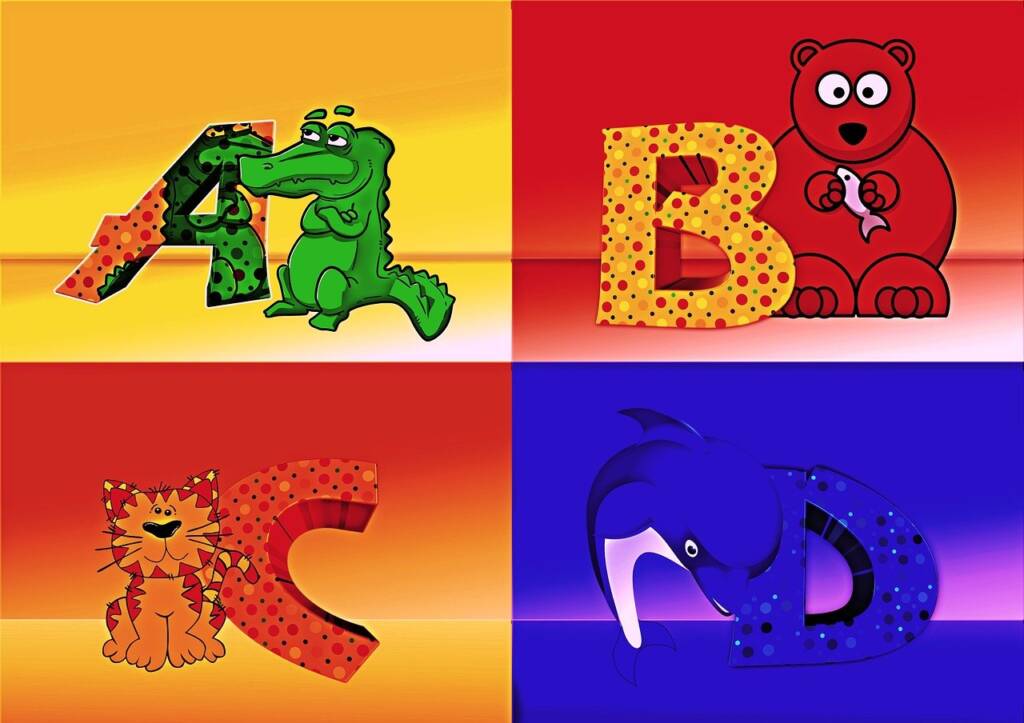by Norma Drissel

Step 1: Books, Books Everywhere: Choosing a Story
- When selecting a story for your child, choose one that is simple and tells about familiar objects and concepts. Story Boxes can range from very concrete hands-on to the more complex and abstract.
- Initially a box might contain items that your child uses during daily routines. You can make up a story about the routine or family activity. Your child may be the main character of your story. It can be about a trip to Grandparents, bath time or mealtime, a playtime with dad. No book is really needed. Choose books about familiar activities. Those stories will be meaningful for your child.
- Variety is fun. Expose you child to different types of books. Feel free to adapt them, to make the book more accessible and interesting. Simple board books can be enhanced with Braille Dymo tape. Twin Vision books provide enrichment for siblings as well. Sound books can be made accessible by affixing a little texture to the spot one must depress to activate.
- Choose books that have characters and items that are readily available. Remember the complexity of the story and the number of items presented should be suited to you child. Often simple is better.
- Choose a story to match you child’s attention span. Short and sweet works well for young children.
- Choose a book that does not rely on visual experiences or pictures to provide meaning to the story.
- Choose books that are predictable and that have rhythm and rhyme.
Step 2: Getting It All Together: How To Actually Construct the Story Box 
- Choose an appropriate book. See some suggestions here.
- Select corresponding items. You may choose to go on a shopping spree but often collecting familiar objects from you household will do just fine.
- Place the book and items in a storage container. Although many folks us Zip-Lock bags or shoe boxes, sweater-sized plastic containers are preferable as they are likely to stack, thus affording you an opportunity to establish a story box “library”. They are also sturdy enough to bear up under the wear and tear of children’s hands. (Note: prying these boxes open is a beneficial activity which develops the hand strength needed to use Braille).
- Label the exterior of the container. A tactile marker will enable you and your child to “read” the title; e.g. three pieces of fake fur might be a good label for the story of Goldilocks and the Three Bears.
Step 3: Reading the Story
- Handle the objects in the box one at a time giving your child lots of time to explore. Comment on the item’s size, its shape, its texture and name the item. Children with blindness benefit from an adult’s modeling the function of the item. If it’s a spoon, pretend to eat. If it’s a shoe, try it on. Allow the child to explore freely. Compare items.
- After tactually exploring the items place them aside. Read the story and once again present the items as they are mentioned in the story. Avoid clutter. Too many items at once can be very confusing for young children with blindness.
- When reading, have fun. Use sound effects and dramatic intonation to peak you child’s interest.
- When you are finished with the story box put clear closure on the activity by having your child help place the objects back in the box, thus providing another opportunity to handle the objects.

The materials in this section appeared on the e-advisor site, which was originally hosted by Boston Children’s Hospital.



